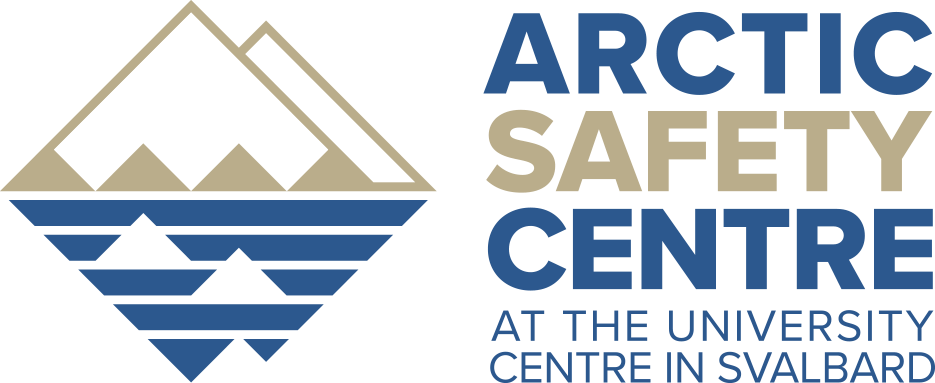Conducting fieldwork in the Arctic comes with many risks and SIOS encourages everyone engaged in such activity to seek out information and training on safe working practices. SIOS members the University Centre in Svalbard (UNIS) and Norwegian Polar Institute (NPI) can offer safety training tailored to the field activities of researchers. Visit their web pages for more information. The UNIS Health, Safety and Environment plans and measures, including a risk assessment model, are available online here.
Several institutions operating in Svalbard cooperate on rifle training, to save researchers from repeating the training at each new provider they borrow a weapon from. Read more about this here.

UNIS and partners are developing the Arctic Safety Centre, which provides competence and a forum for sharing experiences on how to operate safely in the High Arctic. The safety centre offers courses, including the "Safety Course for Arctic Field Stations" which was piloted in 2018. The course cover a breadth of topics, from safe movement on glaciers to ocean rescue, with an overall focus on developing safety leadership. Contact the safety centre for up to date information on activities and courses.

INTERACT has developed a handbook for planning Arctic fieldwork. The handbook contains an overview of important aspects related to planning and performing fieldwork in the Arctic and adjacent boreal and alpine areas. Click here to access the handbook.
INTERACT also has work package on risk management and rapid response to environmental emergencies. Read more here.
 Conditions in Svalbard being what they are, you might find yourself in dangerous situations that demand the utmost of both your gear and your resourcefulness. To help manage the risks, Svalbard Science Forum has produced an overview of safety issues relevant to Svalbard, which is available on their website here.
Conditions in Svalbard being what they are, you might find yourself in dangerous situations that demand the utmost of both your gear and your resourcefulness. To help manage the risks, Svalbard Science Forum has produced an overview of safety issues relevant to Svalbard, which is available on their website here.



























